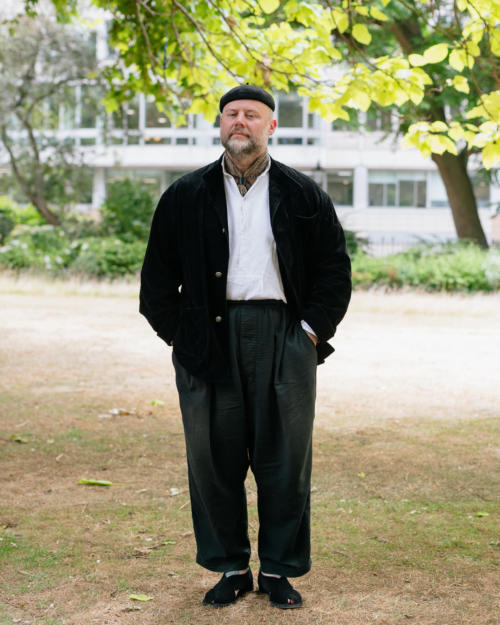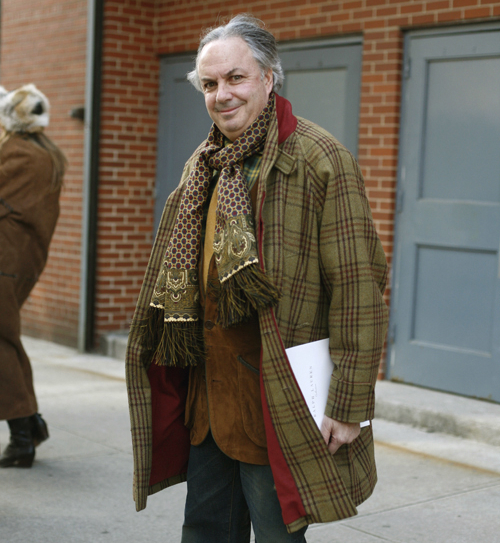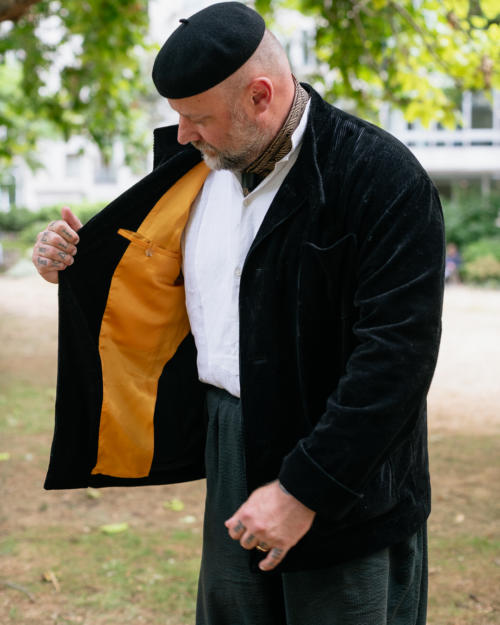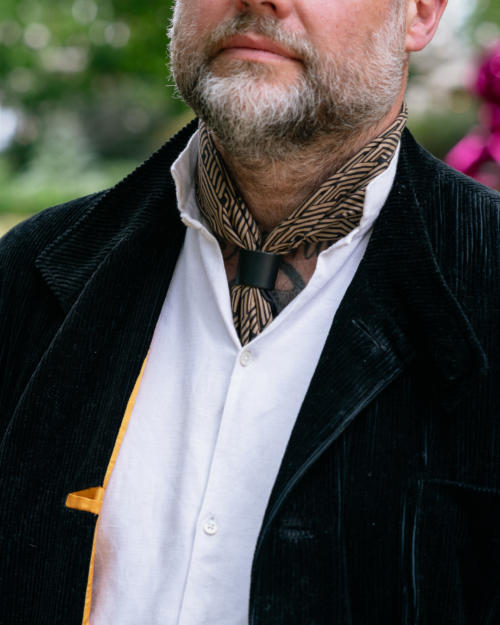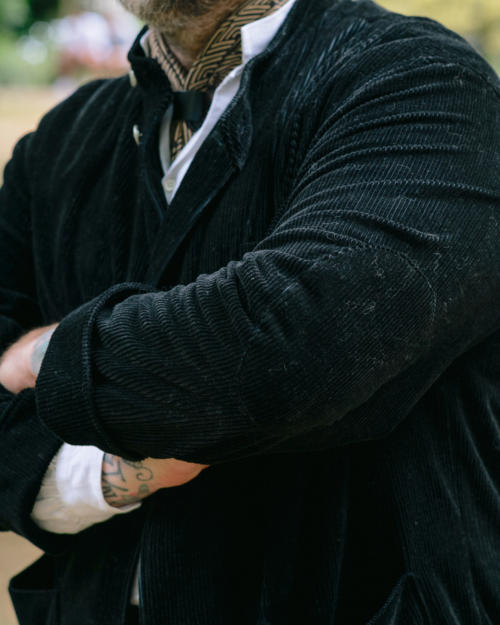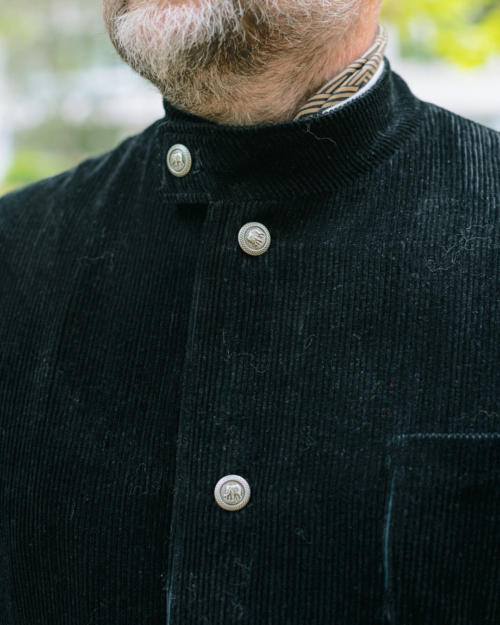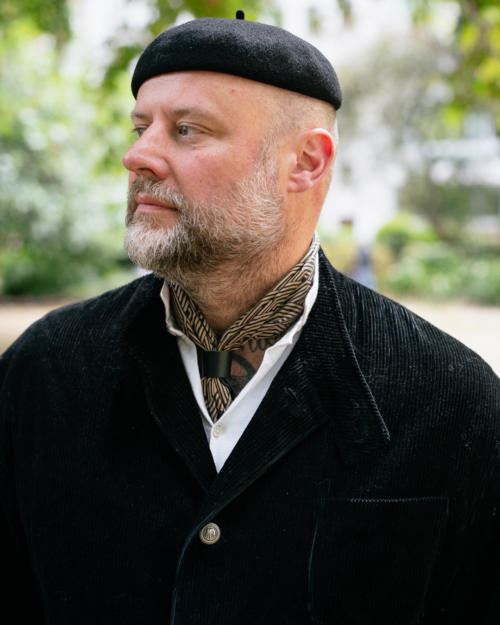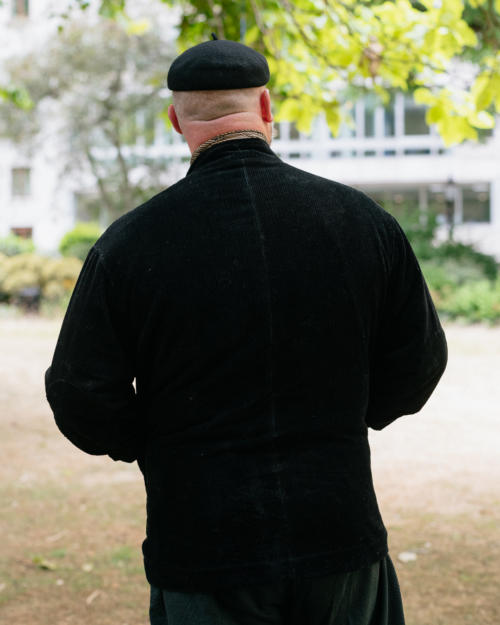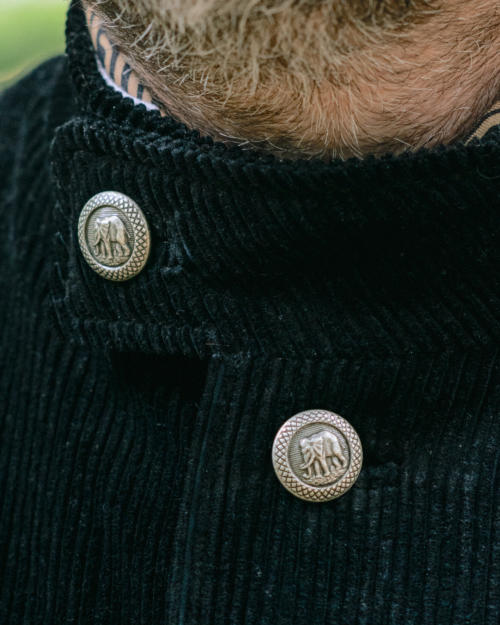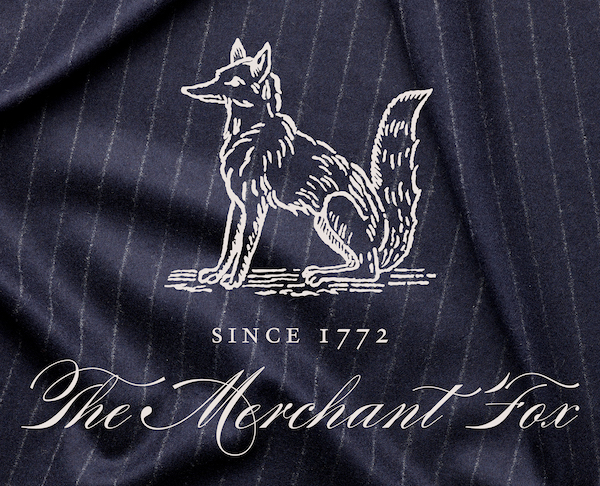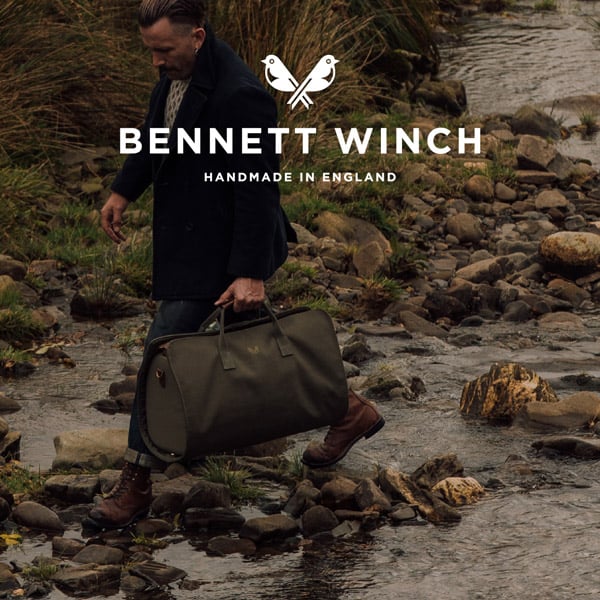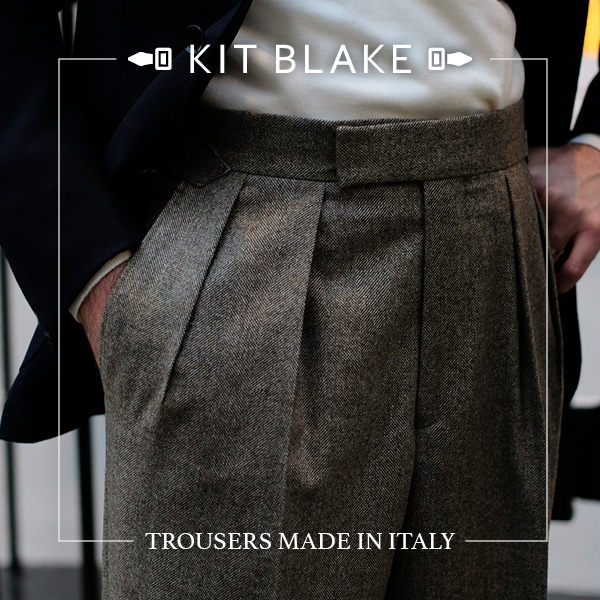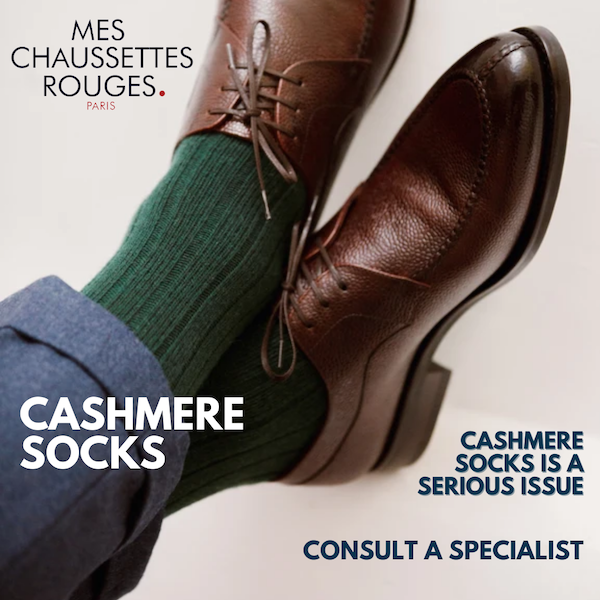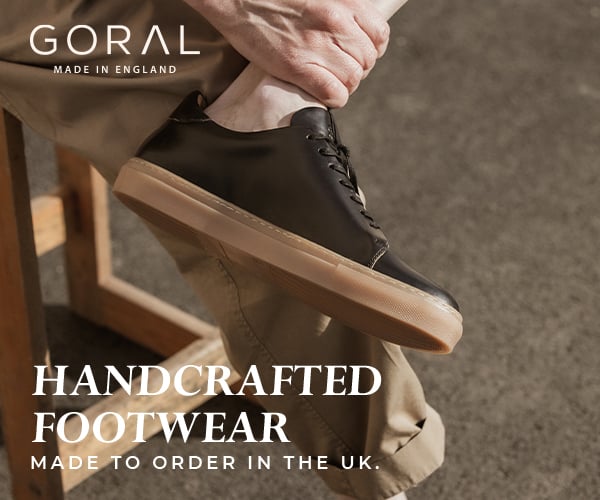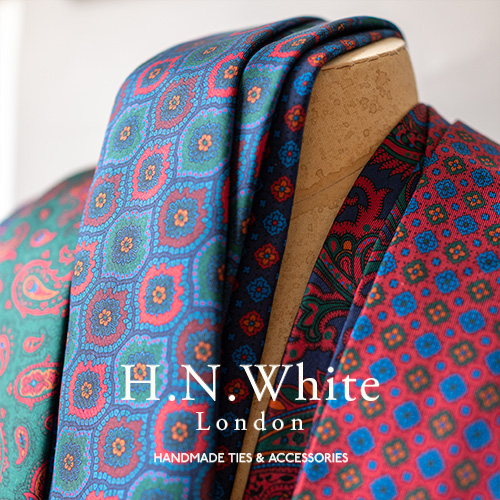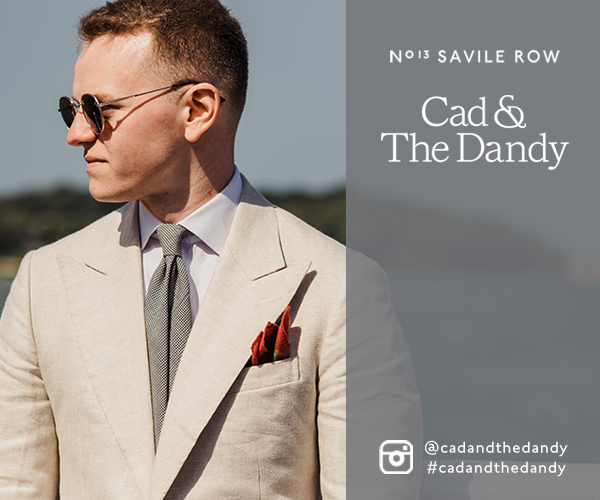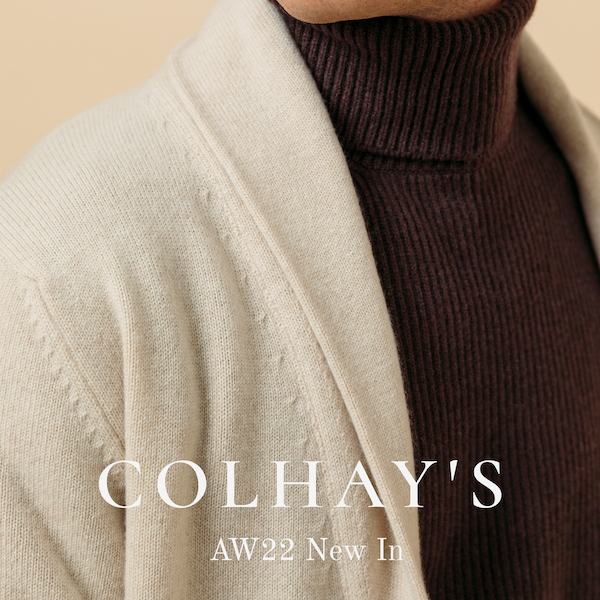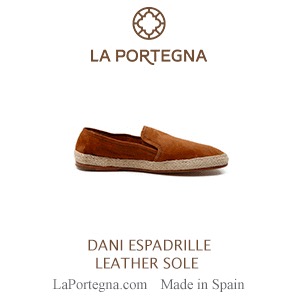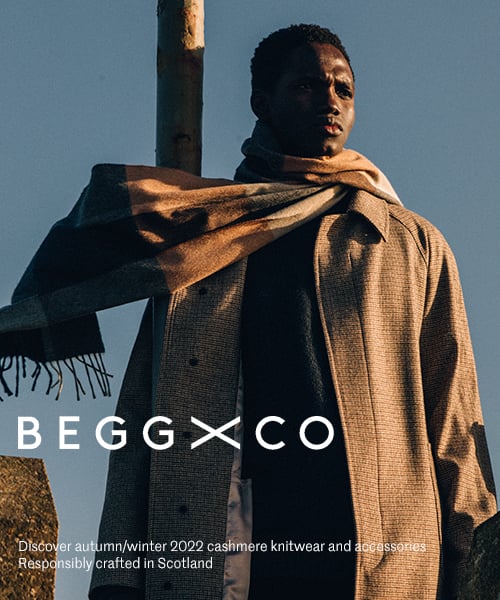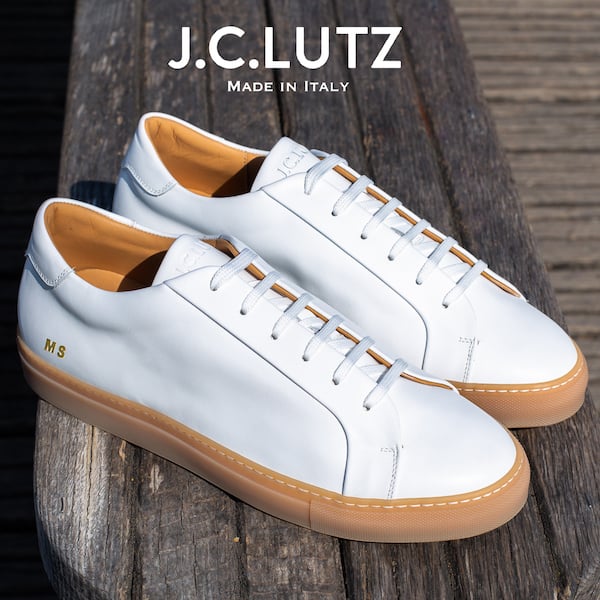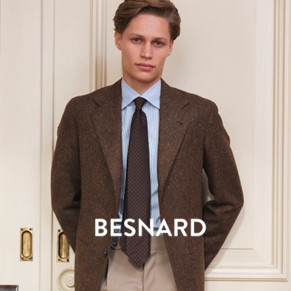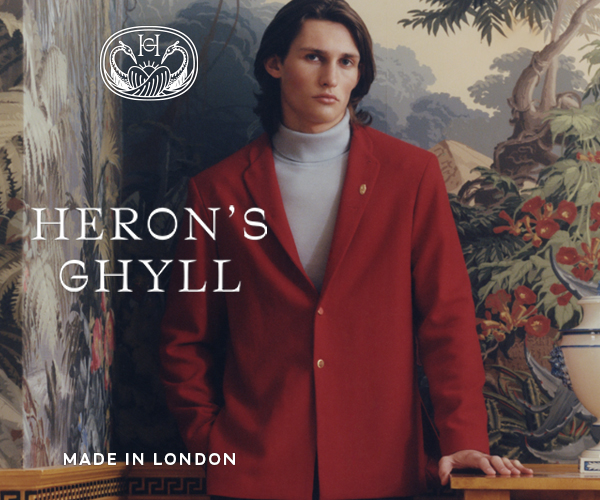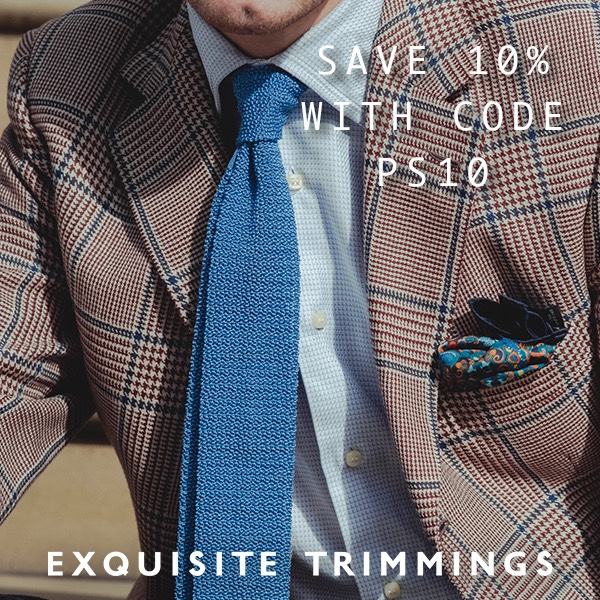The Bores jacket from Chato Lufsen: Review
Earlier this year, some readers may remember, I joined Simon and photographer Alex Natt on a jaunt to Paris. I spent the day investigating and chasing ghosts of the cult Parisian brand Arnys, visiting with their old designer Dominique LeLys at his new home with Artumes & Co; and checking out vintage pieces at the small yet mighty Chato Lufsen.
The primary purpose of the trip was to find myself a suitable replacement for the centrepiece of the Arnys catalogue, the Forestiere jacket. A big favourite of mine, the garment remains a somewhat ‘marmite’ proposition, at least for some readers.
The jacket is described quite accurately by Alan Flusser in his lesser-read Style And The Man as one of Arnys’s “most elaborate presentations; a sports coat fashioned like an artist’s smock with a mandarin collar and four pockets. It offers a stylish alternative to the conventional sports jacket, particularly if you don’t mind being perceived as a bit of a dilettante.”
Thankfully neither I, nor Mr Flusser himself, mind this potential perception of ourselves. He continues, “Arnys was for the bohemian dandy or boulevardier - such as the late Gide, Cocteau, Le Corbusier and even the rough hewn Hemingway - who preferred his fashion left-wing in expression, but Tory in quality.” Perhaps this is the perfect summation of the Arnys appeal; and far more succinct than I have been able to manage in the past few articles.
I found a close descendant in two jacket models available from Chato. To augment their selection of vintage clothes and accessories they offer a range of ready-to-wear and made-to-order garments, with plans to extend the range further over the coming years.
The ‘Bores’ style is a slightly tweaked redesign with an eye toward a more universal fit, while the ‘Borestiere’ is a faithful recreation of the original Arnys piece. I ended up somewhere down the middle, with a jacket that mixed what I saw as the beneficial elements of each.
With the initial try on of the RTW Bores coats in store, I found that neither the 56 nor the 58 gave me exactly the movement and drape I was looking for, so Christophe arranged to send toiles for the 60 and 62 to me back in England so we could work out what was best. All the other important decisions were made there and then; cloth, lining, buttons.
A week later, back in Blighty, the toiles were delivered and through the medium of iPhone pics and What’sApp the final decisions were made. I would take the Bores jacket in a size 60 (a little larger than I would generally wear) and with three inches added to the length.
These were simple and easily communicable changes to make remotely, as they were not reliant on a tailor’s skill, and needed no chalk marks or pins. I posted the toiles back and awaited the finished article.
Roughly five weeks later; the garment was delivered to my house. The first impressions were excellent; all requested details were present and correct. It was time to take it for a road test.
Fit:
The tweaks made from the RTW toile to the finished article were all successful. A lovely clean drape to the front, a relaxed shoulder line without disappearing too far down my arm, and no excess folding or stingy stretch in the back. The collar sits square to the neck with no creasing or pinch.
Perhaps the only anomaly is the way the jacket chooses to hang while unbuttoned. It has a tendency to roll open to where the half lining meets the inside seam. I think this is mostly down to the light weight of the cloth, a summerweight corduroy I will cover in more detail further on.
Through repeated wears, the effect has lessened as I have trained it to sit a little better and it gets more used to my form. Fingers crossed, this will be an ongoing process.
Cloth:
Ordered in the spring, I was looking to augment my Arnys collection with something suitable for summer, but with an eye to cross-seasonal utility and in a dark colour. In contrast to the off-white unlined linen Forestiere that hangs in my wardrobe, which is a little overworked and threadbare.
I selected a black ‘summer’ corduroy of cotton-linen mix from Solbiati for my new one - a potentially more breathable version of the ridged cloth. As a contrast (Arnys were renowned for their colour mixing) I selected a goldenrod yellow satin-twill half lining.
I’m not convinced that my cloth selection was that successful for what I had in mind.
The cord itself is a fascinating material. Unlike the lustrous, almost velvety texture of traditional cord, this has a drier handle, more akin to a Terry cloth. It reflects and takes in light in a completely different manner, giving off a greyer, lighter sense of itself to the observer, rather than the deep hue of a cord. None of this is unpleasant, just unexpected and the handle is actually rather pleasing.
There are drawbacks to its practicalities however. Firstly, it is a cloth that attracts everything, picking up hair like a static-powered tractor beam, which is difficult to dislodge even with intensive brushing. A nightmare for long-haired-cat owners like myself.
Secondly, the weight and weave are not as suitable for summer wear as I had hoped. I acknowledge the colour selection has a role to play in this, but the record breaking temperatures in south-east England this summer did not make for the easy breezy wearing I had hoped for.
The upside of this is that the extended high temps through autumn (currently still in the unseasonably high teens in late October) mean that the jacket has stayed practical further around the calendar than I would have imagined. The swings and roundabouts of climate change, I suppose.
Service:
Christophe runs a straightforward and streamlined operation as the sole employee and operative of Chato, and appears to maintain a good line of communication with his workshop in France.
All dates given were adhered to, no hiccups in the process occurred at all and coat was delivered as ordered in every respect. The combination of his excellent service and my poor ordering choices will have me returning for extra custom without a doubt.
Both the Bores and Borestiere jacket are made in France and cost €790 for off-the-peg in seasonal cloths. Made-to-order iterations can be ordered from €990 with made-to-measure starting at €1090. This baseline covers cloths from most of the major cloth houses.
Price-wise, this places the Bores way under the original Forestiere, which commanded the princely sum of $950 even in 1996, when Flusser’s Style And The Man was originally published. Let’s give him the last word: “Arnys is probably the most expensive menswear store in the world. Quintessentially French in its unabashed celebration of the eccentrically epicurean in male adornment.”
For the whole outfit, I put together a suitably dressed-down monochrome look that reflects my daily attire:
- The black beret, black and tan patterned neckerchief and scarf woggle are all from my own AWMS range.
- The shirt is Bryceland’s Farmer’s Smock in white linen; a long knee-length shirt that I am wearing tucked in.
- The trousers are a well-worn sample of my upcoming ‘easy pleated’ trouser in black seersucker.
- The sandals are from Soloviere. It’s pretty clear they took more than a little inspiration from Adret’s similar model, but on a slightly wider last, and more crucially, in a colour that Adam does not offer in his range.
from Permanent Style https://ift.tt/rsDg2UY
via IFTTT
